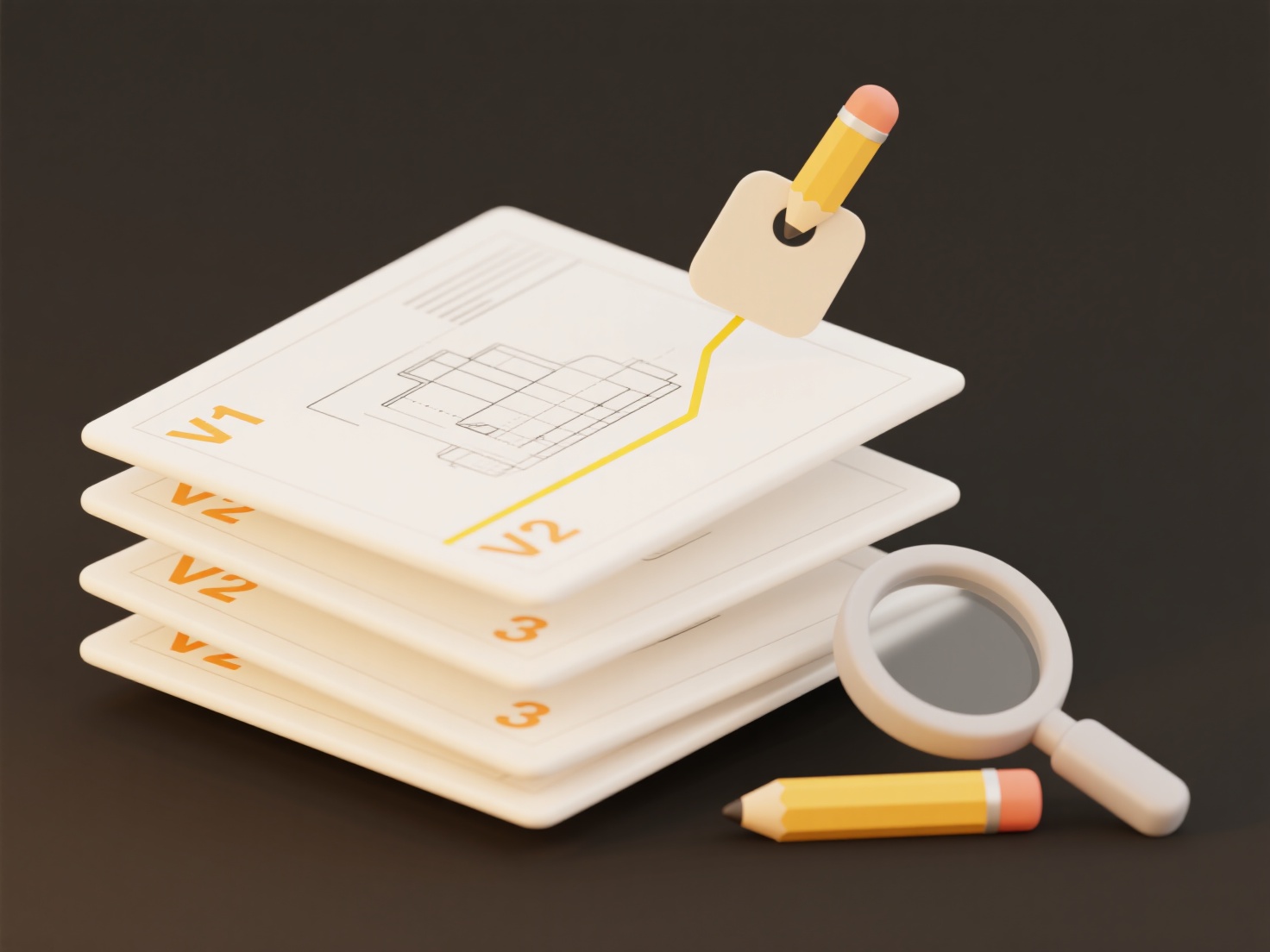
Bluetooth compatibility refers to the ability of two Bluetooth devices to connect and work together. Transfers themselves don't break compatibility; issues arise from differences in the Bluetooth versions or profiles each device supports. If a newer device (using Bluetooth 5.x) tries to connect to an older device (using Bluetooth 4.0 or earlier), they can only use features common to the older version. Furthermore, both devices must support the specific Bluetooth profile required for the intended function, like Audio/Video Remote Control Profile (AVRCP) for media playback commands.

For example, a modern Bluetooth 5.3 smartphone transferring a file might succeed if the older receiving device supports the Basic Imaging Profile (BIP) or Object Push Profile (OPP), but high-speed transfer features exclusive to Bluetooth 5 will be unavailable. Similarly, a new Bluetooth LE Audio headset may not pair properly with a legacy smartphone lacking the LE Audio profile, preventing audio streaming even though basic connections might seem possible.
The main limitation is that compatibility is governed by the lowest common denominator in terms of supported versions and profiles between devices. While Bluetooth emphasizes backward compatibility, new features often require both devices to be upgraded. Workarounds exist, such as using bridges or manufacturers supporting multiple profiles, but these add complexity. This impacts seamless adoption of new Bluetooth capabilities until older hardware cycles out.
Can Bluetooth transfer break compatibility?
Bluetooth compatibility refers to the ability of two Bluetooth devices to connect and work together. Transfers themselves don't break compatibility; issues arise from differences in the Bluetooth versions or profiles each device supports. If a newer device (using Bluetooth 5.x) tries to connect to an older device (using Bluetooth 4.0 or earlier), they can only use features common to the older version. Furthermore, both devices must support the specific Bluetooth profile required for the intended function, like Audio/Video Remote Control Profile (AVRCP) for media playback commands.

For example, a modern Bluetooth 5.3 smartphone transferring a file might succeed if the older receiving device supports the Basic Imaging Profile (BIP) or Object Push Profile (OPP), but high-speed transfer features exclusive to Bluetooth 5 will be unavailable. Similarly, a new Bluetooth LE Audio headset may not pair properly with a legacy smartphone lacking the LE Audio profile, preventing audio streaming even though basic connections might seem possible.
The main limitation is that compatibility is governed by the lowest common denominator in terms of supported versions and profiles between devices. While Bluetooth emphasizes backward compatibility, new features often require both devices to be upgraded. Workarounds exist, such as using bridges or manufacturers supporting multiple profiles, but these add complexity. This impacts seamless adoption of new Bluetooth capabilities until older hardware cycles out.
Quick Article Links
Can I automate file routing to folders?
Automating file routing to folders refers to setting up rules or using software to automatically move specific files fro...
How do I keep a backup before batch renaming?
Keeping a backup before batch renaming means intentionally creating a duplicate copy of the files or folders you intend ...
What’s the safest naming scheme for website images?
The safest naming scheme for website images prioritizes clarity, compatibility, and SEO. It uses lowercase letters, numb...